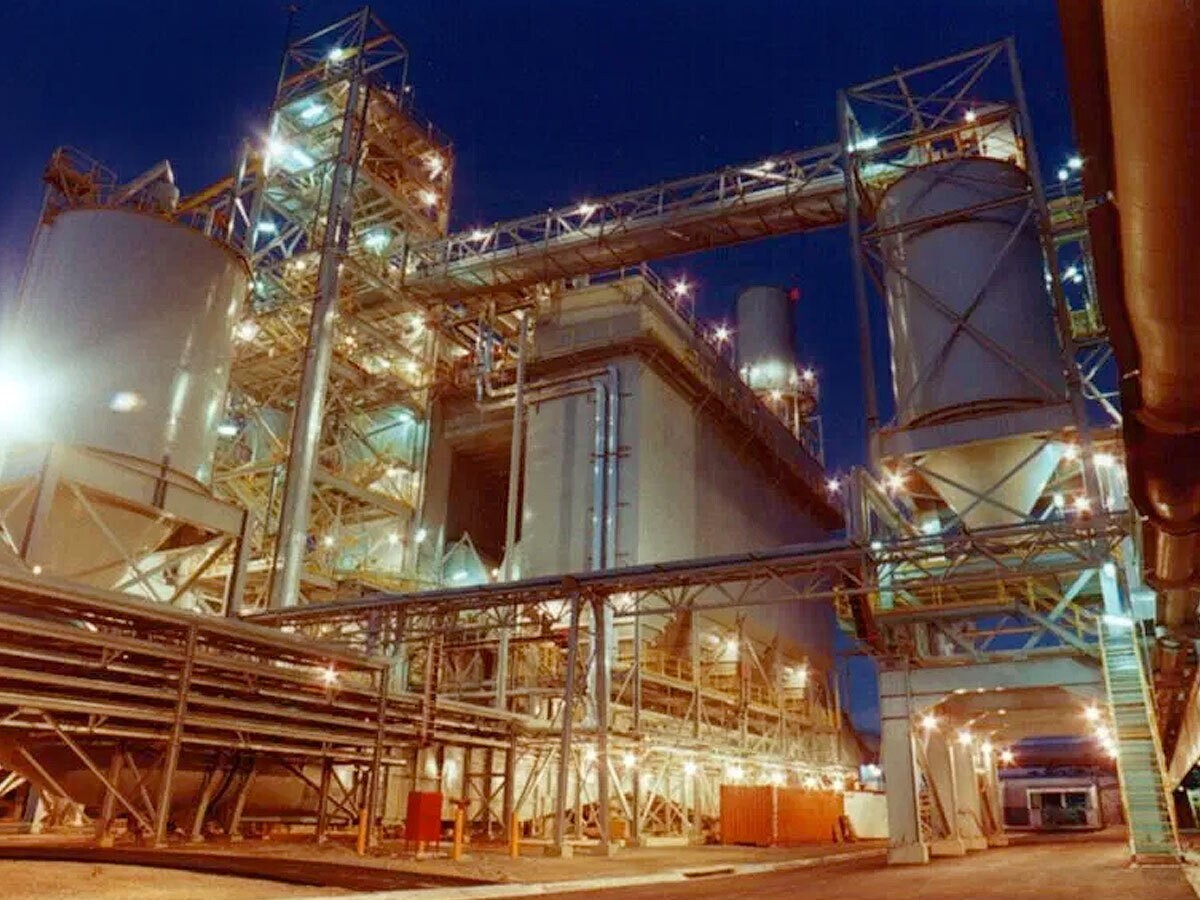

Rio Tinto, a British-Australian multinational company and the world’s second-largest metals and mining corporation, is experimenting with reducing energy storage costs in a bid to reserve abundant amounts of intermittent renewables to feed smelters with the seamless electricity supply they need. The company believes installing batteries at its Queensland aluminium smelter can play a crucial role in achieving the new goal.

Last week, during the smelter visit, Rio’s chief executive for the aluminium business, Jerome Pecresse, firmly expressed his confidence in batteries to provide consistent power to the smelters even when the generation from solar and wind is low.
Among various sustainability initiatives so far, the integration of batteries at Rio’s carbon-heavy aluminium smelters in North South Wales and Queensland to power them with clean energy would be the first of its kind. Rio Tinto aims to turn this project into reality before 2030.
“Tomorrow, there is no reason why, in some places, it cannot be achieved via a mix of intermittent renewables, provided that this mix is ‘firmed’ via batteries and other sources,” said Mr Pecresse in a LinkedIn post.
He further emphasised that technical challenges would not be a constraint; it is the costs that need to be addressed, and the company is actively working on this at its Boyne smelter.
If successful, this project will directly address Opposition Leader Peter Dutton’s scepticism about the capability of renewables to power heavy industries like aluminium production. In January, after the Albanese government announced a new support package for aluminium smelters, Peter Dutton said, “I can’t find anywhere in the world an aluminium smelter, a high-energy use aluminium smelter, that is only run on wind and solar and batteries.”
At the beginning of 2024, Rio Tinto signed a renewable power purchase agreement for a 1.4GW Bungaban wind energy supply to its Gladstone smelter in Queensland. In May 2024, Rio’s New Zealand Aluminium Smelters (NZAS) also secured a 20-year renewable energy deal for low-carbon aluminium production at the Tiwai Point smelter.
Moreover, Rio’s Bell Bay smelter in Tasmania already operates on hydropower, and efforts are underway to achieve a similar outcome for the Tomago smelter in New South Wales.
Responses








